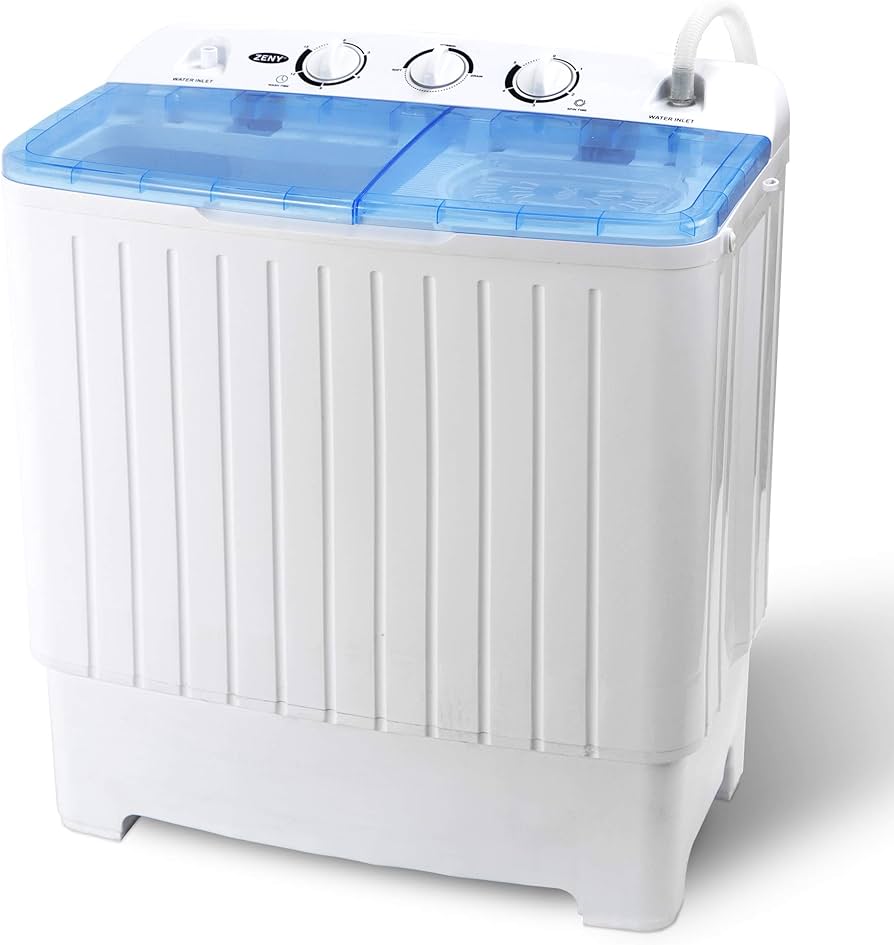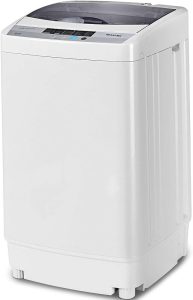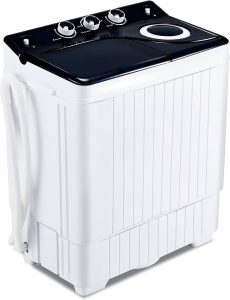How do you fix a washing machine that will not fill with water?
Introduction
A washing machine that fails to fill with water can be frustrating, preventing you from effectively cleaning your clothes. Several issues can cause this problem, ranging from simple to more complex issues. In this guide, we will explore step-by-step solutions to fix a washing machine that won’t fill with water. From checking the water supply valves and hoses to examining the water inlet valve and pressure switch, each section will address a potential cause and offer specific troubleshooting steps. By following these instructions, you can diagnose and resolve the issue, getting your washing machine back in working order.

How do you fix a washing machine that will not fill with water?
Checking Water Supply Valves and Hoses
1.1. Water Supply Valves
Start by ensuring that the water supply valves connected to the washing machine are fully open. Sometimes, valves may inadvertently be turned off, restricting water flow. Verify that both the hot and cold water supply valves are fully open and functioning properly.
1.2. Water Inlet Hoses
Inspect the water inlet hoses for any kinks, twists, or blockages that may be impeding water flow. Straighten out any kinks and ensure the hoses are securely connected to both the washing machine and the water supply valves.
1.3. Water Filters
If your washing machine is equipped with water filters, check them for any clogs or debris. Clean or replace the filters as needed to ensure proper water flow.
Examining the Water Inlet Valve
2.1. Water Inlet Valve Function
The water inlet valve controls the flow of water into the washing machine. If the valve is faulty or malfunctioning, it may prevent water from entering the machine.
2.2. Testing the Water Inlet Valve
To test the water inlet valve, disconnect the power to the washing machine and locate the valve behind the machine. Remove the hoses connected to the valve and inspect them for any blockages. Use a multimeter to check for continuity across the valve’s solenoids. If there is no continuity, the water inlet valve may be defective and should be replaced.
Checking the Water Level Pressure Switch
3.1. Water Level Pressure Switch Function
The water level pressure switch, also known as the pressure sensor or water level sensor, monitors the water level inside the washing machine. If the switch is faulty, it may not detect the water level properly, resulting in a failure to fill with water.
3.2. Testing the Water Level Pressure Switch
Disconnect the power to the washing machine and locate the water level pressure switch. Depending on the model, it may be located behind the control panel or on the top or side of the machine. Use a multimeter to check for continuity across the switch’s terminals while applying pressure or vacuum to the switch. If there is no continuity or the switch fails to respond to pressure changes, it may be defective and should be replaced.
Inspecting the Water Inlet Valve Screens
4.1. Water Inlet Valve Screens
Many washing machines have small screens or filters inside the water inlet valve ports to catch debris and prevent clogs. Over time, these screens can become clogged, restricting water flow into the machine.
4.2. Cleaning the Screens
Disconnect the power and water supply to the washing machine. Locate the water inlet valve and remove the hoses connected to it. Use a small brush or toothbrush to gently clean the screens, removing any debris or sediment that may be blocking them. Rinse the screens thoroughly to ensure they are free from any remaining particles before reinstalling them.
Checking the Control Board or Timer
5.1. Control Board or Timer Malfunction
In some cases, a malfunctioning control board or timer may prevent the washing machine from filling with water. If all other components and connections have been checked and appear to be functioning properly, a faulty control board or timer may be to blame.
5.2. Professional Assistance
Diagnosing and repairing control board or timer issues typically requires advanced technical knowledge and expertise. It is recommended to consult a professional technician or contact the manufacturer for assistance and potential replacement of the faulty component.
Other Considerations
6.1. Power Supply
Ensure that the washing machine is receiving adequate power. Check the power cord connection and verify that the outlet is functioning properly. Consider unplugging and resetting the machine if necessary.
6.2. Overfill Protection
Modern washing machines are equipped with overfill protection mechanisms to prevent flooding. If the control board senses an excessive amount of water or a potential overflow, it may prevent the machine from filling with water. Check the owner’s manual or consult the manufacturer to understand the specific overfill protection features of your washing machine.
Conclusion
When faced with a washing machine that won’t fill with water, it is important to follow a systematic approach to diagnose and solve the issue. Start by checking the water supply valves, hoses, and filters to ensure proper water flow. Examine the water inlet valve and pressure switch for any defects or malfunctions. Clean the screens in the water inlet valve ports to remove any debris. If all else fails, consider seeking professional assistance for more complex issues or potential control board or timer malfunctions. By following these troubleshooting steps, you can identify and address the problem, restoring your washing machine to its proper functioning state.

